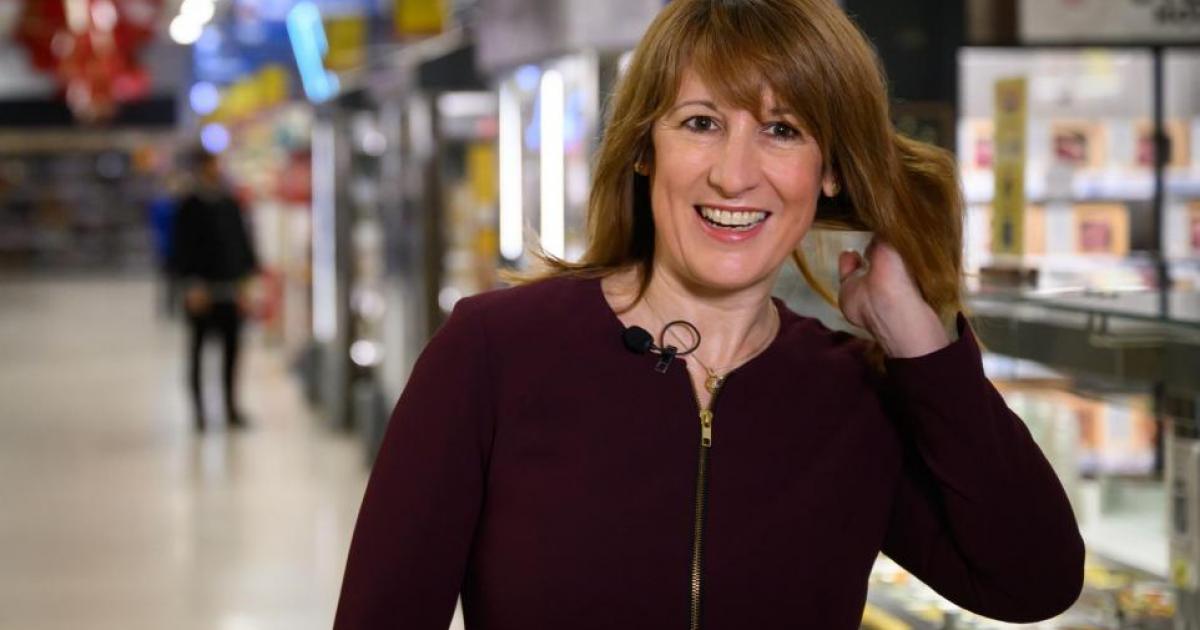News Beat
OBR leak publishes details of Budget more than 30 mins early


Tory leader Kemi Badenoch has since called for an investigation into the “unprecedented leak”.
In the lengthy document, it says: “A set of personal tax changes which increase receipts by £14.9 billion in 2029-30, including: freezing personal tax and employer National Insurance contributions (NICs) thresholds for three years from 2028-29, which raises £8.0 billion.”
The report would normally only be released after the chancellor has finished speaking and already outlined all the measures of the budget.
The OBR leak is absolutely astonishing. Working through the book now
Looks like tax rises
£15bn in Personal taxes (freezing thresholds/NI on salary-sacrificed pension contributions 4.7bn)
Other tax charges £11bn (gambling, EV, changes on corporation tax, council tax surcharge…— Beth Rigby (@BethRigby) November 26, 2025
But the full document is already available to read online now.
Conservative leader Kemi Badenoch blasted Prime Minister Keir Starmer for the “unprecedented leak”.
It was not due to be delivered until 12.30pm. She also slammed the “shambles” of leaks leading up to today.
The prime minister replies: “We all know the biggest shambles in living history – the Liz Truss budget.”
He also highlighted the Tory leader’s previous support for that mini-budget.
Starmer replies: “It’s literally about 25 minutes before the budget will be set out in all, where we’ll take further decisions. The chancellor will set it out.”
Badenoch demanded an investigation into budget leaks leading up to today, and “punish those responsible”.
OBR issues apology:
The Office for Budget Responsibility has apologised and launched an investigation after its economic and fiscal outlook document was published early ahead of the Budget, describing it as a “technical e
Recommended reading:
What is the Office for Budget Responsibility’s (OBR) report?
One of the key parts of the Budget is to forecast outcomes for the economy and public finances for the next five years.
This is a service provided by the OBR, which does it twice a year.
It accompanies the Budget Statement (usually in late November) and the Spring Statement (usually in March).
The OBR (Office for Budget Responsibility) is a non-departmental public body funded by the UK Treasury which was created in 2010.
Its purpose is to provide independent and authoritative analysis of the UK’s public finances to the Government.










